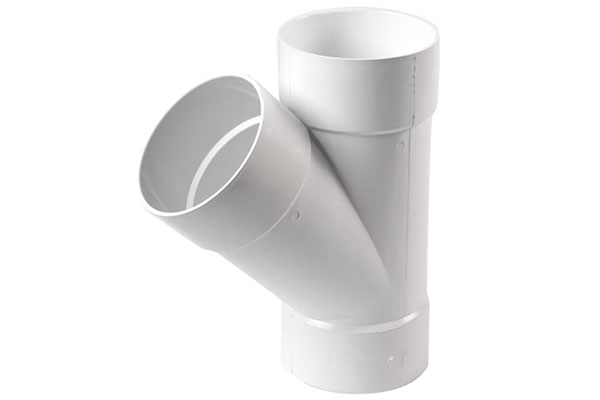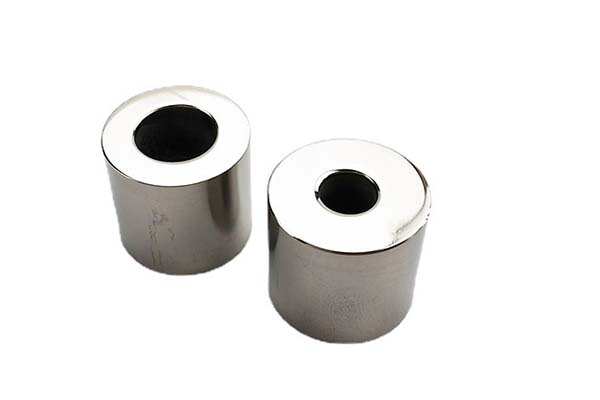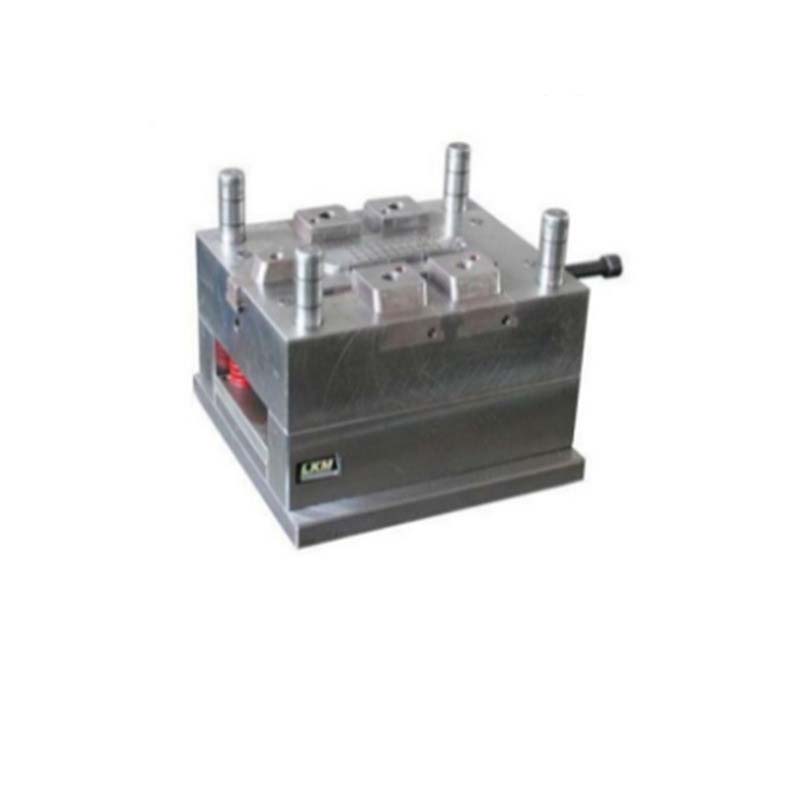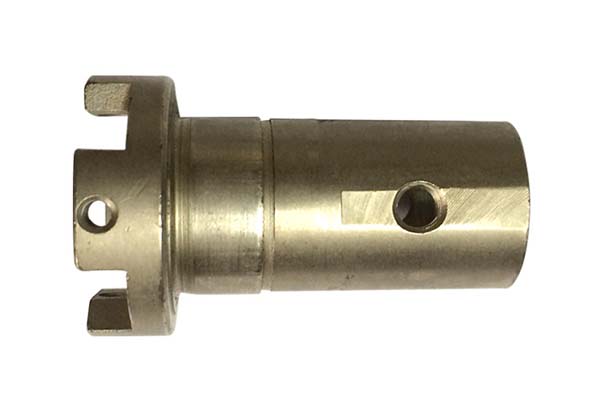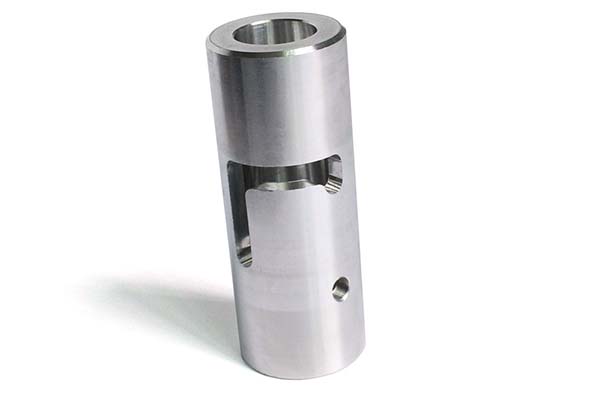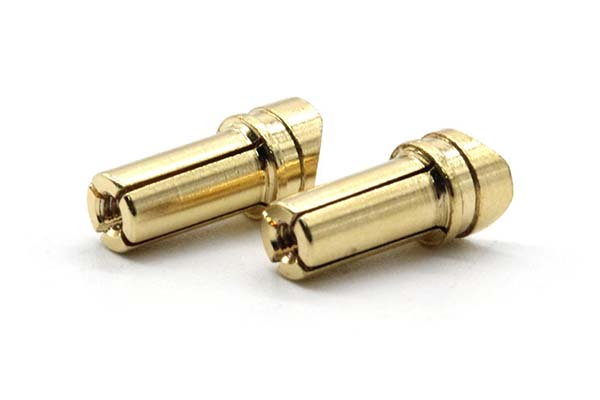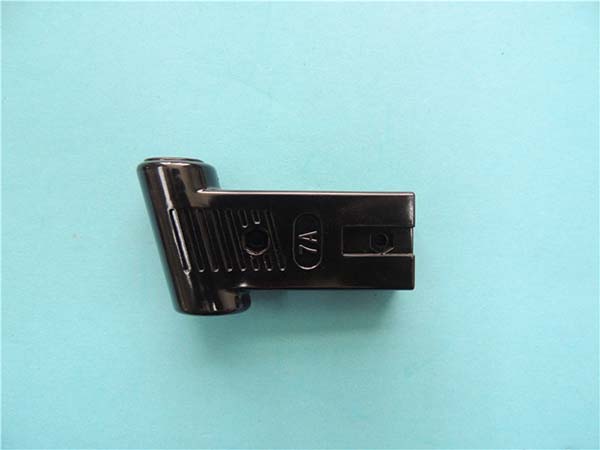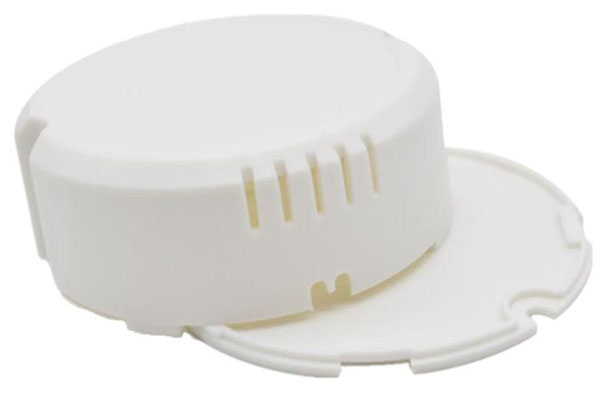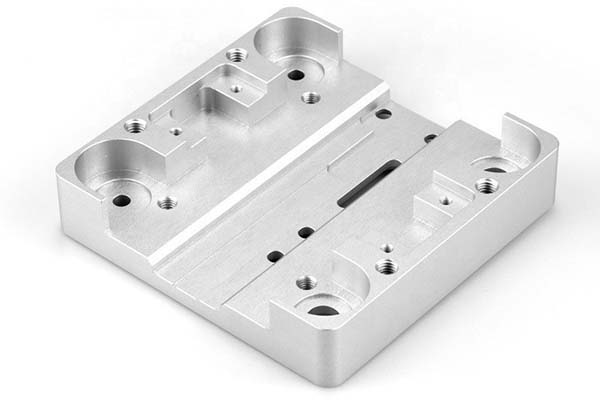Introduction
Casting Resins are versatile polymer resins used in a wide range of manufacturing applications, from prototyping to production. However, machining them comes with unique challenges: varying material properties across types (like epoxy resins, polyester resins, and polyurethane resins) make consistent processing tricky, shrinkage during curing affects dimensional stability, and achieving smooth surface quality without chipping is difficult. This article addresses these pain points by exploring the material characteristics of casting resins, breaking down effective CNC machining processes, and highlighting their key applications, equipping you with the knowledge to achieve precision in your projects.
Material Characteristics of Casting Resins
Mechanical Properties
Casting resins exhibit a broad range of mechanical properties depending on their type. Epoxy resins lead with tensile strength of 50–90 MPa, flexural strength of 80–150 MPa, and good impact resistance (20–50 kJ/m²), making them ideal for structural parts. Polyester resins offer moderate strength (tensile: 40–70 MPa) but are more cost-effective, while polyurethane resins excel in flexibility, with lower tensile strength (20–60 MPa) but higher elongation (100–400%).
Hardness varies too: epoxies have a Shore D hardness of 80–90, polyesters 70–80, and polyurethanes 50–90 Shore A (softer grades) to 70–80 Shore D (rigid grades). This diversity allows engineers to select resins based on application needs, from rigid enclosures to flexible gaskets.
Thermal and Chemical Properties
Casting resins have distinct thermal properties. Epoxy resins withstand continuous use at 80–150°C (high-temperature grades up to 200°C), while polyesters handle 60–100°C and polyurethanes 60–80°C. Their thermal conductivity is low (0.15–0.3 W/(m·K)), making them excellent electrical insulators—critical for electrical components and insulators.
Chemical resistance also varies: epoxies resist oils, solvents, and mild acids; polyesters offer moderate resistance but may degrade in strong alkalis; polyurethanes are susceptible to hydrocarbons but resist water and abrasion. All types provide good corrosion resistance, outperforming metals in many non-aggressive environments.
Curing Process and Dimensional Stability
The curing process is key to casting resins’ properties. Epoxies cure via chemical reaction with hardeners, with minimal shrinkage (0.1–1%), ensuring good dimensional stability. Polyesters cure with larger shrinkage (2–5%), requiring careful mold design, while polyurethanes have shrinkage rates of 0.5–3%.
Viscosity during casting affects flow: low-viscosity epoxies (500–1000 cP) fill intricate molds easily, while high-viscosity polyesters (2000–5000 cP) suit thicker sections. Proper curing (temperature and time control) minimizes internal stresses, which can cause warping during machining.
CNC Machining Process for Casting Resins
Tool Selection and Machining Parameters
Tool selection for CNC machining of casting resins depends on resin type. High-speed steel (HSS) tools work for softer resins like polyurethanes, while carbide tools are better for harder epoxies and polyesters, reducing tool wear. Diamond-coated tools enhance surface finish for high-precision parts.
Spindle speeds range from 3000–10000 rpm: higher speeds (8000–10000 rpm) for epoxies to avoid chipping, lower speeds (3000–5000 rpm) for flexible polyurethanes to prevent tearing. Feed rates are 0.1–0.3 mm/rev, with depth of cut kept shallow (0.5–2 mm) to reduce heat generation and minimize tool deflection.
Tool Path, Coolant, and Heat Management
Optimizing the tool path is critical for good surface quality. Climb milling reduces chipping, while smooth, continuous paths avoid abrupt changes that cause chatter. A layered machining strategy—roughing to remove bulk material, then finishing with a 0.1–0.2 mm pass—ensures dimensional accuracy (±0.02–0.05 mm) and Ra 0.8–3.2 μm finishes.
Coolant use is selective: compressed air or light mineral oil works for most resins to dissipate heat and clear chips. Excessive heat softens resins, leading to poor finish, so heat dissipation via adequate ventilation is key. For heat-sensitive polyurethanes, lower spindle speeds and frequent cooling breaks prevent deformation.
Overcoming Machinability Challenges
Machinability varies by resin type. Epoxies machine well but can chip at edges; using sharp tools and slow feed rates mitigates this. Polyesters are abrasive, accelerating tool wear—checking tools for dullness (replace at 0.1 mm flank wear) maintains quality. Polyurethanes are gummy, causing chip formation issues; anti-stick tool coatings and proper lubrication improve chip flow.
Shrinkage during curing complicates tolerances—post-curing machining (after 24–48 hours) ensures stability. Delamination is rare but can occur in layered castings; avoiding excessive cutting forces prevents separation.
Applications of Casting Resins
Industrial and Automotive Industries
In industrial equipment, casting resins make molds and dies, valves, and pump components. Epoxies are used for high-strength parts like gear housings, while polyurethanes suit wear-resistant bearings and gaskets. Their chemical resistance makes them ideal for chemical processing equipment.
The automotive industry uses them for prototyping parts, electrical components, and interior trim. Polyester resins are cost-effective for non-structural parts like air vents, while epoxies make durable underhood components resistant to oils and heat.
Electronics and Medical Devices
Electronics industry relies on casting resins for electronic enclosures, insulators, and circuit board substrates. Epoxies’ electrical insulation and flame retardancy (UL94 V-0 grades) protect sensitive components. Polyurethanes are used for flexible cable insulation.
In medical devices, biocompatible epoxies and polyurethanes make surgical tool handles, device housings, and even medical implants (with proper certification). Their ability to be sterilized and resist bodily fluids ensures safety and durability.
Art, Sculpture, and Prototyping
Casting resins are popular in art and sculpture for their ability to replicate fine details. Polyester resins are cost-effective for large sculptures, while epoxies offer a glossy finish for decorative pieces. In prototyping, they allow fast, low-cost production of functional parts, bridging the gap between design and mass production. 3D-printed resin prototypes are often post-machined to achieve precise dimensions.
Yigu Technology's Perspective
At Yigu Technology, we specialize in CNC machining all types of casting resins. Our expertise in tool selection—from carbide for epoxies to diamond-coated tools for polyesters—ensures consistent quality. We address shrinkage challenges by machining post-curing and optimize parameters for each resin type, delivering parts with tight tolerances for industries from automotive to medical. Trust us for your casting resin machining needs.
FAQ
- Which casting resin is best for high-temperature applications?
- Epoxy resins with heat-resistant formulations (up to 200°C) outperform polyesters and polyurethanes for high-temperature use.
- How does curing time affect machining of casting resins?
- Machining before full curing (24–48 hours) risks deformation; post-curing ensures dimensional stability and better machinability.
- Can casting resins be painted or coated after machining?
- Yes, most resins accept painting and coating—sanding to Ra 1.6 μm first ensures good adhesion, especially for epoxies and polyesters.
